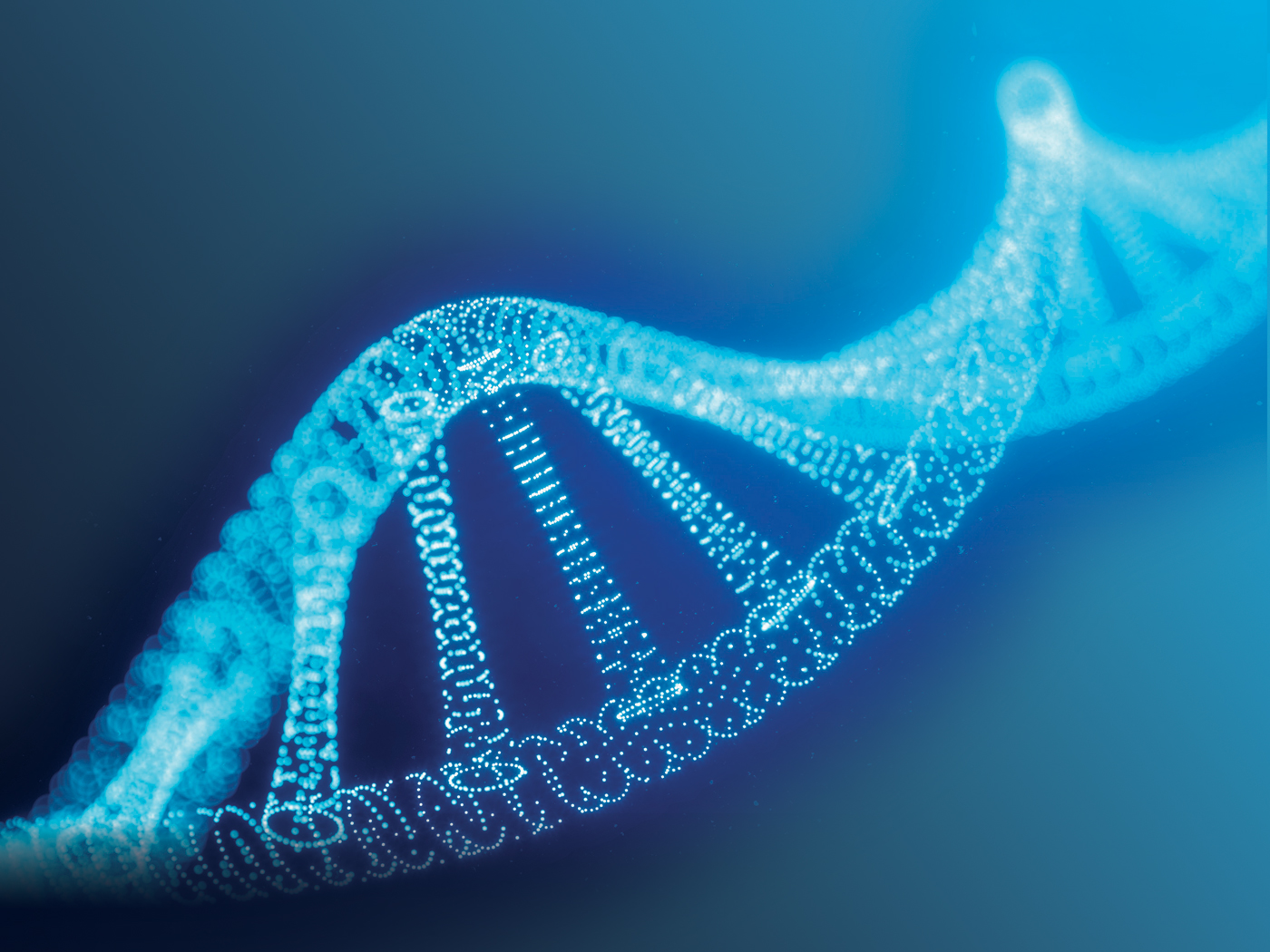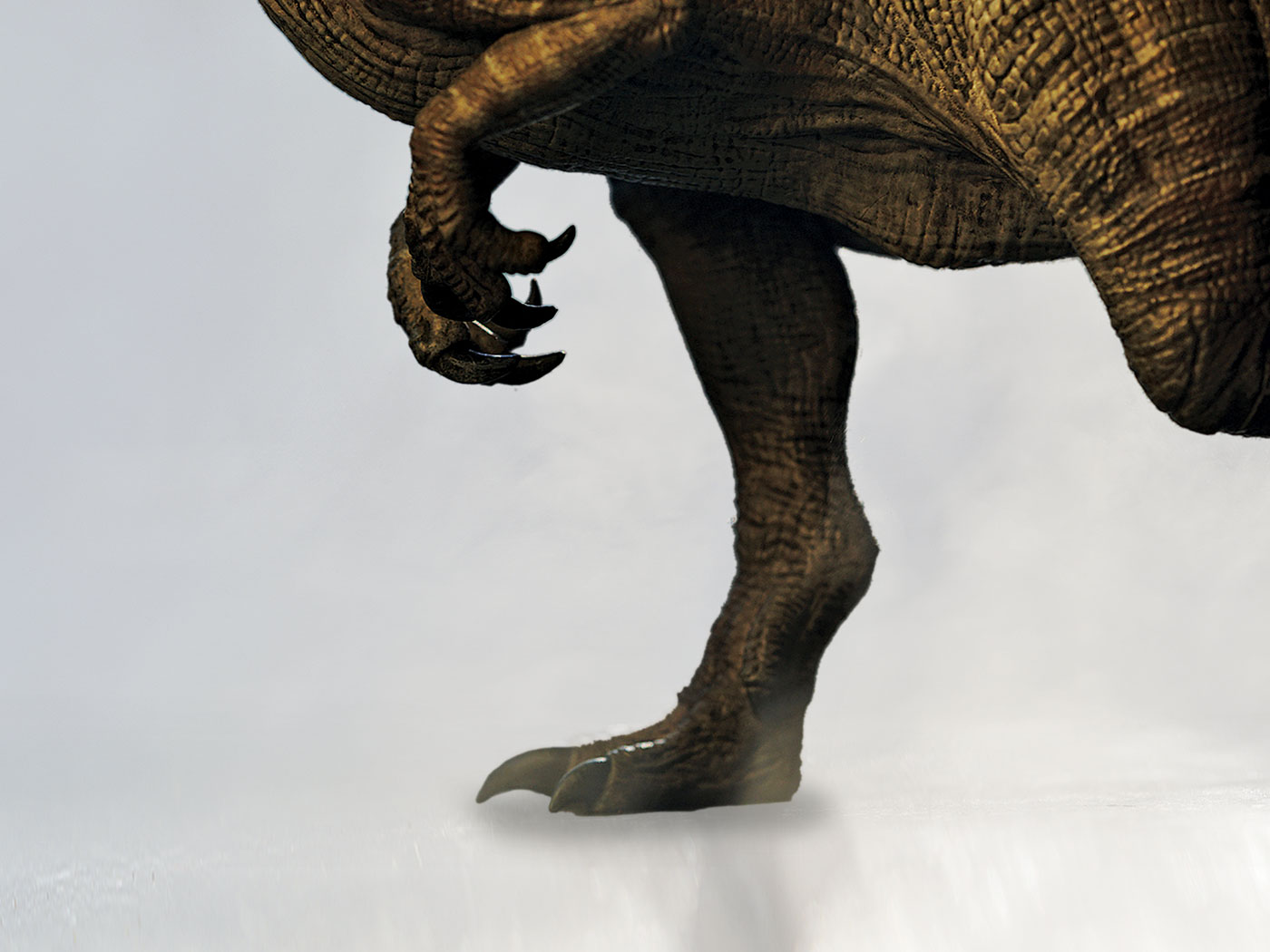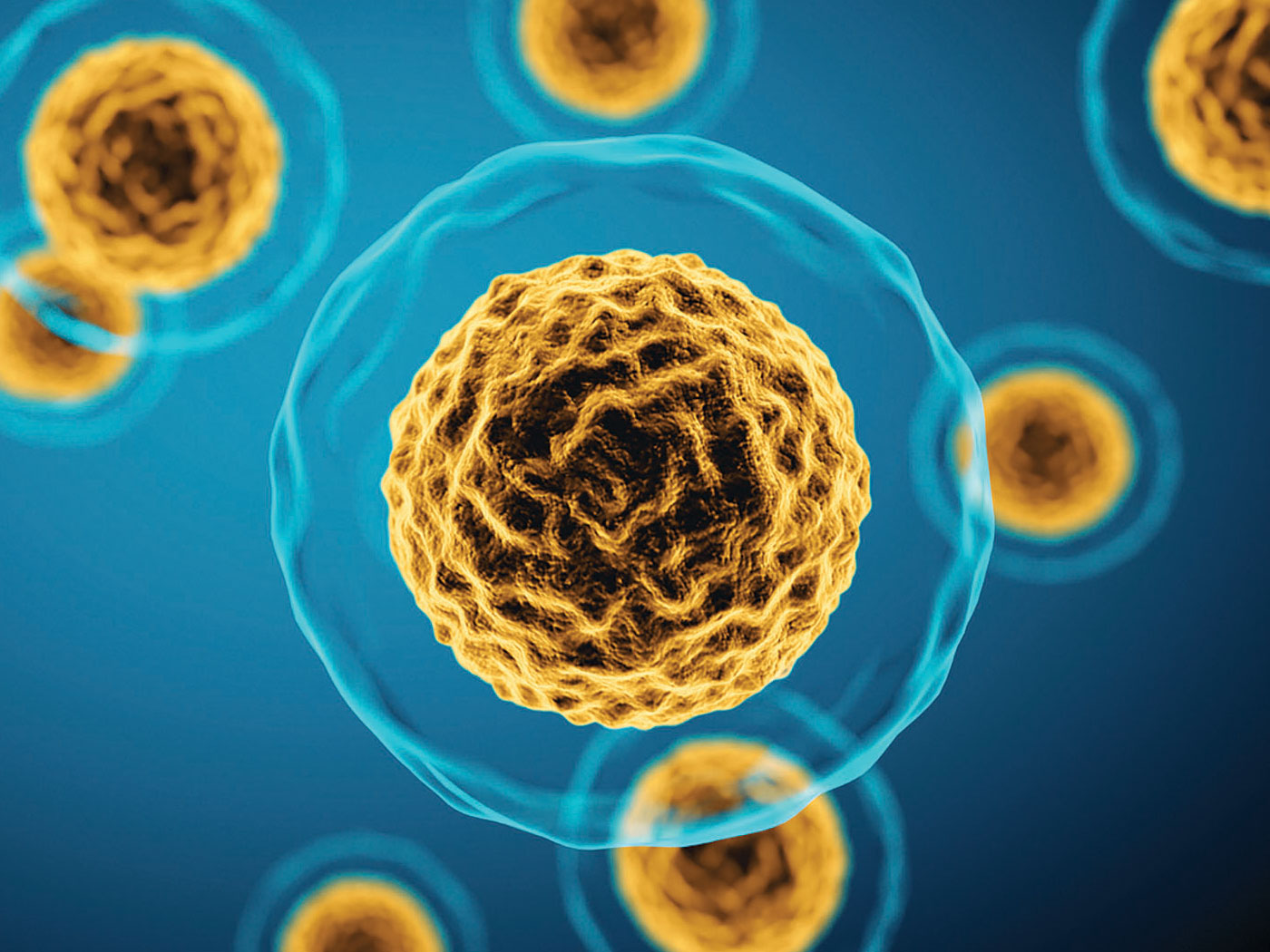"He will guide you into all truth" (John 16:13).
According to Darwinism, all life on earth arose by natural variation and selection of the most fit. But many questions raised by Darwin's contemporaries remain unanswered today. These problems are compounded by the unique DNA sequence information now in from the human genome project (Venter, 2001; Lander, 2001) and our understanding of the irreducibly complex function of biological systems (Behe, 1996). Intellectual honesty will soon force many scientists to abandon Darwin's theory of the evolution of species in exchange for intelligent design or outright Biblical creation.
Phylogenetic Trees Turn to Grass
Studies of outward appearances of organisms led Darwin and his successors to propose elaborate phylogenetic trees in which man was placed on a branch common to apes and monkeys. Major limbs in the animal trunk contained the fish, giving rise to reptiles, birds, and mammals. At the root are three major divisions of true bacteria: "old" bacteria (archaebacteria), and organisms with nuclei including plants, fungi, and animals. Discoveries in biology over the last half of the twentieth century at first seemed to support Darwinism. All organisms were found to contain the same building blocks for the genetic code in DNA. All used the DNA to transcribe RNA and all used ribosomes to make protein from the RNA. Many proteins and RNA's were similar from one life form to another, even between bacteria and man. However, these data support intelligent design by a single set of principles just as well. Furthermore, recent multi-gene comparisons of the amount of divergence between different organisms now provide better support for a complex relationship between different organisms, a relationship that first looked more like a shrub, with many more early branches. Now the trend seems to be toward nearly independent origins, a model more like grass. This model is consistent with the independent origins of major kinds of plants, sea life, and animals described in the Genesis account.
Do Genome DNA Sequence Data Better Support Descent with Natural Variation or Independent Origins?
If Darwinian evolution applies at the molecular level, the gene sequences of all organisms should resemble each other because of descent. Closely related animals should have the most closely related gene sequences. On the other hand, if there were independent origins for major kinds of animals, then a large portion of the genome should be original, unique sequences not present in other kinds of organisms. In 1997 scientists reported the complete 4,639,221 base DNA sequence of E. coli (Blattner, et al., 1997), a common bacterium in our intestines. As each gene sequence is discovered, it is placed in the GenBank database. By comparison of a new gene to all others in the database using the BLAST program (http://www.ncbi.nlm.nih.gov), scientists can determine how similar one gene is to another. In comparison to Haemophilus, Synechocystis, and Mycoplasma bacteria, of the 4,288 coded proteins in E. coli, there are only 111 proteins (2.6%) in common with these three eubacteria. Sixty percent of the E. coli sequences are completely unique, with less than 30% common to the sequences of these other bacteria. Thirty-eight percent of the E. coli genes have no known function. Examining all the organisms in table 1 shows a surprisingly high percentage of genes with no match in other organisms. The average for bacteria is 29% unique. That's 29% unique genetic information with no known origin, no possible descent. In the case of a fly, a worm, and a human, 50-60% of the genes are unique or with no known function. Most of the emphasis has been on how similar genes are in man and bacteria, with little attention to the differences. Where did this unique genetic information come from? Unique genes do not come from small numbers of base changes that scientists routinely produce in the lab or by breeding or by gene rearrangements. These data provide better support for the alternative hypothesis of independent origin by intelligent design than for evolution by descent.
Irreducible Complexity of Life Requires Intelligent Design
To begin life as we know it, cells would need to have a genetic program of DNA or RNA. They would need to protect their genome from degradation from outside with a lipid membrane, and they would need the machinery to transform chemical energy into metabolic energy to replicate. This machinery requires pre-existing proteins to catalyze the reactions of metabolism and replication. And the synthesis of proteins requires other pre-existing proteins and a small factory called the ribosome. Take away any of these components and life doesn't exist. All this complexity is required at the same time and place for the most simple single-celled life. Michael Behe (1996) has termed this requirement irreducible complexity. Life can't evolve by the gradual addition of one of these components at a time. Life and its requisite requirement for replication needs it all. Not only is irreducible complexity required for the start of life, but each complex system in our bodies: the eye, the kidney, blood coagulation, red blood cells . . . the list goes on and on. Though scientists are familiar with this complexity, they fail to realize and accept the requirement for intelligent design. Furthermore, decades of experiments have failed to demonstrate an origin of any life from organic molecules, much less evolution of protein synthesis or DNA replication. Also, decades of genetic manipulation of bacteria and other organisms have never produced a new species like Darwinism would require. Although the universal negative (that evolution of species is impossible) can never be proven, enough evidence has amassed that funding agencies will no longer support organic origin of life research, and those trying have moved on to other subjects. The death of Darwinism will be a hard pill to swallow because it requires replacement by intelligent design, a paradigm outside the box of naturalism that many scientists embrace.
Conclusion
Theories are to be modified or abandoned when they are inconsistent with one significant fact. Based on relationships of similar genes, large numbers of unrelated genes and irreducible complexity, Darwin's evolution of species needs to be replaced by intelligent design. According to the Bible, the Designer was God with more than adequate intelligence and power to create all the major kinds of life in a short period of time. While we will never be able to prove the singularity of creation by God, the evidence better supports faith in God, rather than faith in Darwinism.
References
- Behe, M., Darwin's Black Box, Free Press (1996).
- Blattner, F.R. et al. The Complete Genome Sequence of Escherichia coli K-12. Science 277 (1997):1453-1474.
- Lander, E.S. et al. Initial Sequencing and Analysis of the Human Genome. Nature 409 (2001):860-921.
- Venter, J.C. et al. (2001) The Sequence of the Human Genome. Science 291:1304-1351.
-
http://www.proteome.com/databases/index.
html (access free for academics.)
* Dr. Brewer is Professor of Neurology and Medical Microbiology at Southern Illinois University.
















